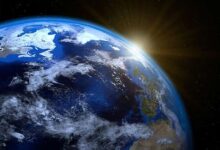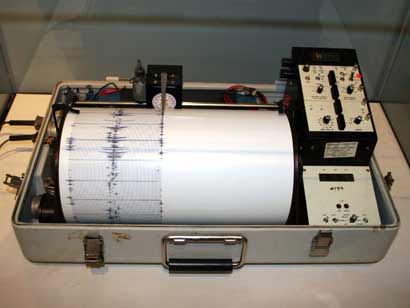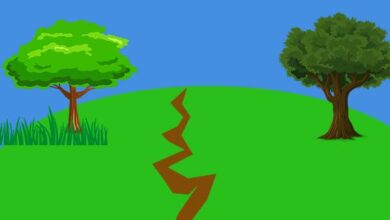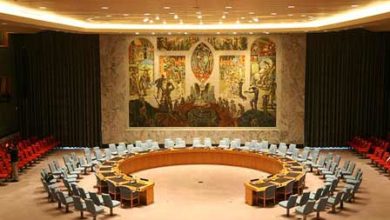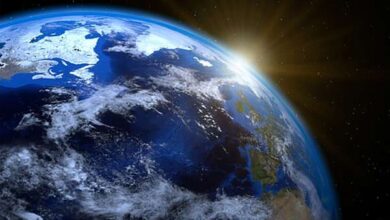Scientists worried as global warming impact seen in Artic glaciers

The impact of global warming is clearly visible in the Arctic region. There is so much effect of global warming that the ice glaciers are melting and the temperature is also increasing here. Earlier this Himalayan region used to be very cold, now the area has become more open due to melting of ice caps. Scientists say that the most effect of global warming is seen here, which is quite dangerous.
He said there is a steady decline in sea ice in the Arctic. Even in the coldest years, there has not been as much change as is seen now. Researchers say two other features of the region’s climate are seasonal air temperature and change in the number of rainy days instead of snow. The Arctic is one of the parts of the world most affected by climate change. With the rapidly increasing temperature, sea ice is seen to have effects other than shrinking.
Two scientists from the National Center for Atmospheric Research in Boulder, Colorado have been continuously researching it. Their names are Laura Landrum and Marika M. Their research has been published in the journal Nature Climate Change. Landrum, a climate scientist and lead author of the study, said that everyone knows the Arctic is changing. We really wanted to determine if this was a new climate. The way changes are being seen, it can be said that a new climate is being created here.
In other words, she says that the Arctic is changing so fast that it was difficult to guess. Researchers found that sea ice is already in a new climate. It was also found that in recent years there was least snow accumulation and it is less than expected in recent years. Arctic sea ice has declined by nearly 12% per decade since satellite measurements began in the late 1970s and the lowest sea ice in last 13 years. A record low for snow is expected this year, which will be set by the end of this month as summer time begins.
This change is expected to be completed by the middle of the century. Landrum said that we are starting to get to the point where we can no longer know what to expect. Jennifer, a climate scientist at the University of Colorado, said the new study built on previous people who saw less climatic elements.
Scientists have known for a long time that fundamental changes were taking place in this field. Scientists say that we know what used to happen, we call it the ‘new Arctic’ because it is not the same as before. Landrum said Arctic communities are already suffering from the changes.
Landrum said the climate models used in the study simulated the future in the world. ‘We still have the opportunity to change how fast the Arctic evolves. She said that if we change our emissions. You just can’t give up. If you work hard and make some changes you can make some dramatic impact’. Another study released on Monday said that two Antarctic glaciers that have long been a concern for scientists over their ability to contribute to sea level rise may be in worse condition than before.
The Thwaites and Pine Island glacier are rivers of ice, moving slowly from the West Antarctic ice sheet to the ocean in the interior of the continent. Where it melts and the water levels rise in the sea. The movement of both glaciers has intensified in recent decades, causing more ice loss from the interior due to the melting of hot water beneath the glaciers. However, full melting of this part of the West Antarctic Sheet may take centuries.


